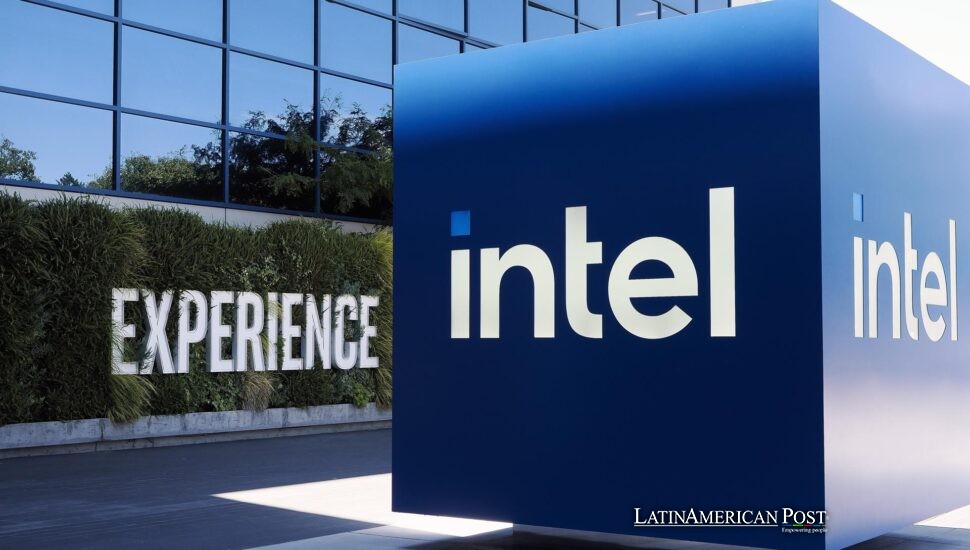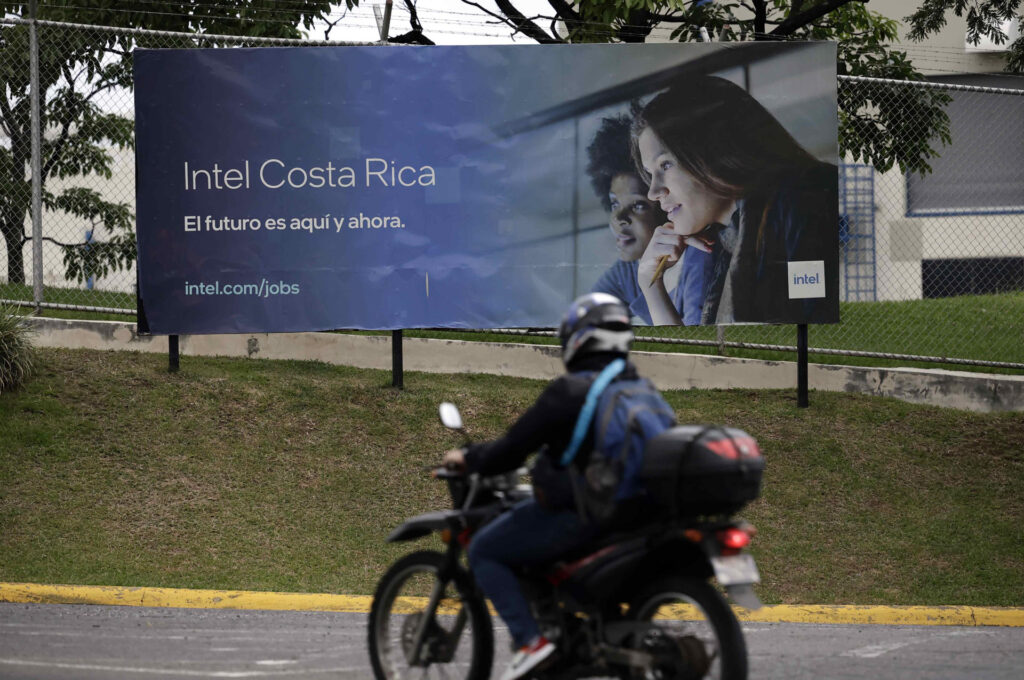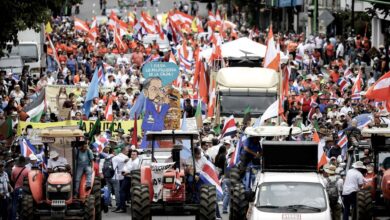Costa Rica’s Intel Exodus and the Fight to Save Its Silicon Dreams

When Intel announced it would ship its Costa Rica plant overseas, the news struck like a voltage surge—jolting a country that had banked its future on microchips, free zones, and the quiet pride of being Latin America’s unlikely tech star.
A Siren Wails from the Free Zone
It wasn’t a politician or a union leader who first rang the alarm. It was Ronald Lachner, head of Costa Rica’s free zone association, and his words didn’t pull punches: “We can no longer paper over the cracks.” Intel’s decision to uproot its Heredia assembly line for cheaper Asian shores, he said, was more than a business call. It was a siren. A warning that Costa Rica, long a darling of global manufacturers, may be losing its edge.
The numbers tell part of the story. Over 430 multinationals, ranging from medical giants to aerospace upstarts, operate within Costa Rica’s tax-advantaged industrial parks, providing nearly 200,000 jobs. Intel was a crown jewel. Its exit threatens a web of small suppliers and services, including logistics firms, cargo handlers, textile microbusinesses, and cafeteria vendors serving gallo pinto by the truckload. For Lachner, the fault lines are clear—crippling electricity prices, outdated labor laws, and a surging colón that’s gutted export margins by 18% in just two years. “Headquarters in California or Singapore won’t wait forever,” he warned.
But Costa Rica did wait. Now, the bill has come due.
Intel’s Three Acts—and a Final Curtain
Intel’s love affair with Costa Rica began in 1997. It came for the political calm, the dollar-linked currency, and a young workforce learning English faster than their teachers could keep up. The eight-hectare site in Heredia County transformed farmland into fabrication lines. Over 3,000 engineers and technicians designed and built the chips that powered the world. Pentiums were shipped to over 40 countries. The plant didn’t just produce tech. It produced identity. Suddenly, Costa Rican kids dreamed of clean rooms instead of canefields.
In 2014, the honeymoon ended. Intel shut down manufacturing but kept a foothold—pivoting to research and finance roles. By 2020, global demand for semiconductors resurrected the lines. Production restarted. Hope returned.
And now, just as fast, it’s gone again.
Last Thursday, Intel informed 500 production workers that the modules, known internally as ATM—assembly and test manufacturing—would be phased out. The future? Not here. Malaysia. Vietnam. Places where electricity is cheap, labor is flexible, and roads don’t clog with trucks. Company spokesperson Carolina López attempted to mitigate the impact, noting that 2,000 jobs remain in design and finance. But even she admitted: “Cost dynamics we cannot ignore.”
Outside the gates, stunned workers clutched phones and resumes. Inside, the machines still whirred. But the countdown had begun.
Can Policy Catch Up to Global Speed?
Sergio Capón, president of Costa Rica’s influential Chamber of Industries, met with Intel the very next morning. His question was blunt: Is this a one-off, or a sign the country is slipping? The answer was both.
Costa Rica’s manufacturing labor now runs $11 an hour—triple what Intel pays in Penang. Renewable energy may be clean, but with drought-stricken hydropower, it’s no longer cheap. Ports like Moín remain choked by highway bottlenecks. And Congress? Still dithering over a labor reform called “jornadas 4×3,” which would legalize the four-day, 12-hour shifts that keep Asia’s fabs humming.
The reform has languished for three years, buried under union protests. Capón sees a ticking clock. “Competitiveness is a basket,” he says. “You drop two eggs—energy and exchange rate—you’d better cushion it with labor and logistics. We’re dropping them all.”
Meanwhile, other countries court the same investors with ribbon-cuttings and tax holidays. Costa Rica offers promises. Investors want guarantees.

A Crisis of Confidence—and Identity
Intel’s exit isn’t just about GDP or job stats. It’s a gut punch to national pride. In the 1990s, when Intel chose Costa Rica, it was a signal to the world: this tiny, peaceful republic had the talent, the transparency, and the vision to play in the big leagues. Other giants followed. Boston Scientific. Thermo Fisher. Abbott. Costa Rica has become Latin America’s med-tech hub.
Now economists fear a reverse signal. “Boardrooms read these moves as tea leaves,” says Roxana Morales, trade scholar at the National University. “If Intel bails, others start asking if the whole cluster has peaked.”
President Rodrigo Chávez’s government insists the ecosystem is still thriving. Free-zone exports grew 17% last year. Two cloud parks just broke ground near Liberia. Trade Minister Manuel Tovar says new incentives are forthcoming: rooftop solar will be fast-tracked, geothermal contracts will be streamlined, and permitting will be simplified. “Don’t mourn one plant,” he told EFE. “We’re building the next bet.”
But inside Heredia, the mood is less bullish. María Ávila, a clean-room supervisor whose twins are studying robotics, said her senior colleagues got offers to relocate. She didn’t. “We built chips that run the world,” she said, staring at the security fence. “Now I’ve got six months to find someone who still needs that skill.”
Costa Rica still holds cards no spreadsheet can tally: a 97% literacy rate, near-total renewable energy, and a rule-of-law reputation unmatched in the region. In 2014, when Intel first downsized, the country pivoted—attracting software labs, AI startups, and back-office clusters. Analysts now suggest repeating the process: retrofit the soon-to-be-vacant floors for med-tech innovation, quantum testing, or space sensors.
But the real sting lies elsewhere. Intel’s factory wasn’t just about innovation. It was about dignity. It provided middle-class jobs to high school graduates in towns that hadn’t seen opportunities in generations. You didn’t need a coding bootcamp in San José—you required discipline and a clean uniform.
Also Read: Colombian President Faces Legal Storm as Spanish Businessman Fights Back
As the last wafers roll off Intel’s Costa Rican lines, a red banner outside flaps in the wind: “Here, innovation became a Costa Rican accent.” Whether that accent survives in global supply chains will depend on how fast Costa Rica can translate grief into grit—and words into action.





